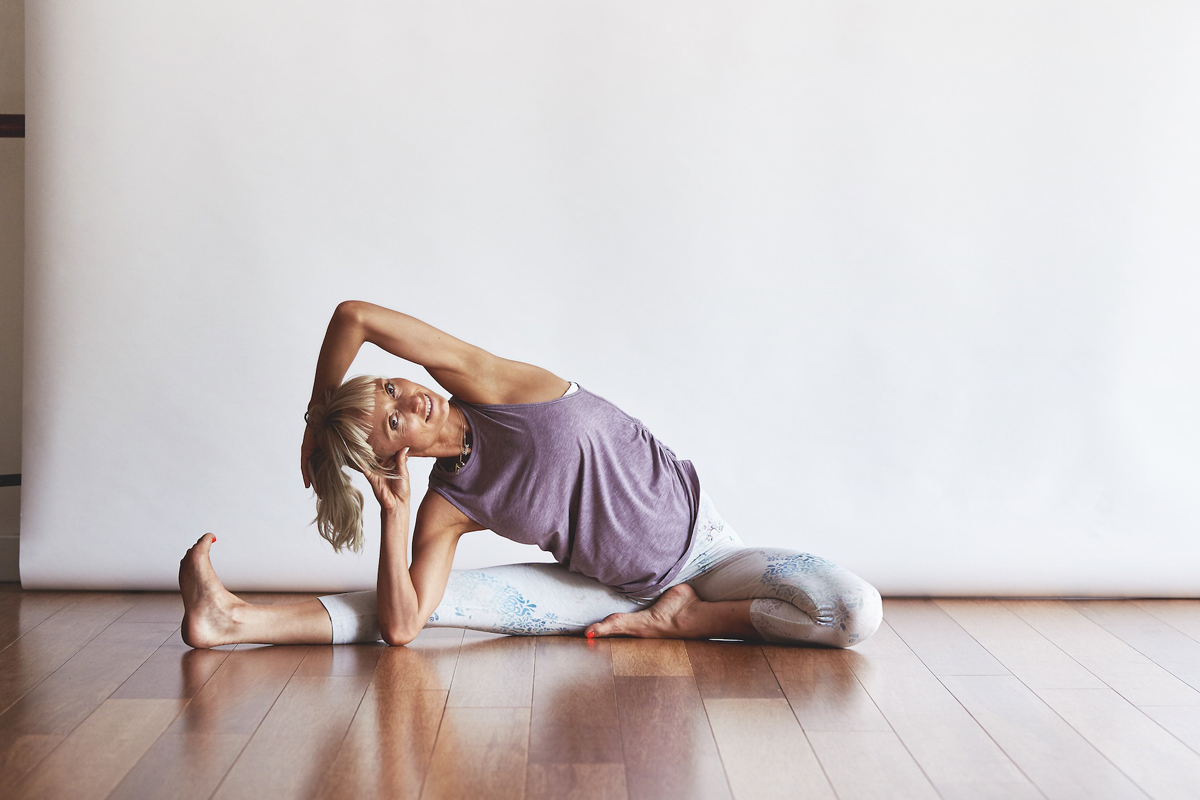By Kate Kendall
It’s no longer considered as just something for the spiritually and athletically elite but, more and more, an incredibly powerful way to regulate ourselves in all kinds of life situations.
In many integrative health clinics around the globe breathwork is being prescribed as an antidote to PTSD, anxiety, depression, chronic sleep issues, lack of energy and focus. Professionals and creatives, domestic goddesses and CFO’s are turning to their lungs and their capacity to down regulate the nervous system in an instant as well as access repressive thoughts and narratives that are keeping us all ‘small’ and trapped in a vicious cycle. With the breath, we become our own heroes; our own healers; our own pharmacists.
Late last year I was approached by a group to come up with a six-month mindfulness program. They didn’t quite know what they wanted so the question I posed was, “What’s the pain point for your team?” I created a survey and the overwhelming response was overwhelm.
Overwhelm is a state in which there is a high resistance to stress. We tell our bodies (often through shallow breathing) that this is too much and to shut down. Our bodies tense up and we feel less connected to the world that we are a part of. And this group was not alone.
Overwhelm is a universal state. On the upside, this makes it less personal. And with enough Spiritual Fitness, which, just like our physical fitness takes dedication, we can remember to pause in high stress situations. From the pause we can look at what’s going on for us from a higher perspective and from a place of calm.
But the breath comes first. And it’s called Breath ‘Work’ for a reason. Having a regular practice will grant us more emotional and physical freedom but it takes discipline and consistency. The pay off, however, is life changing. Literally.

So what is breathwork?
The yogis call it Pranayama which loosely translates to extension of life force through which there are hundreds of techniques designed to achieve certain states or for cleansing the body. All pranayama is intended to act like a tool on the pathway towards awakening.
So, although the yogis have been practicing breathwork for centuries, people like the Dutch ‘Iceman’, Wim Hof and Patrick McKeown have popularised breathwork for athletic performance as well as increasing focus and productivity every day. We’re also seeing a rise of Shamanic styles or Conscious Connected breathing techniques to access what we call ‘non-ordinary’ states.
How do I know what’s right for me?
You get curious. You explore. There are literally hundreds of styles and practices out there so it can be hard to sift through and find what’s relevant, but I set out a pathway for students who participate in my Spiritually Fit program which runs for three months and has a huge focus on the power of the breath and the practices that go with it.
- Formal breathwork
Designed to be used every day and will incorporate techniques to retrain the breath encouraging increased focus and energy – ideal for the beginning of the day and / or those that are down regulating in nature encouraging deeper rest – ideal for the evening.
- Informal every day
This is where we train ourselves to breathe through the nose and into the belly. At first it becomes a practice and then more natural. In this way we’re activating the parasympathetic nerve receptors which will breed a state of ‘trust’; a feeling of being at ease and better able to respond to stress. Both the formal and informal help us set a default mode of ‘ease’ and ‘trust’ in the body and give us the ability to respond to stress and overwhelm with intelligence. They gift us the power of the pause. Being able to step back from a stressful situation or trigger and see things from a higher perspective. And then there are the bigger experiences that we’re starting to see more in group situations. This coming together to breathe with one another and share our experiences in the context of a ceremony type setting. I refer to these as Breath Journeys which are Therapeutic in nature.
- Therapeutic practices
These settings allow us to access non-ordinary states, places where we move beyond the analytical mind and the limbic brain and into the subconscious. This is especially useful for releasing old and stuck emotions and traumatic experiences held within the tissues of the body. With this style of breathing which has many names (sometimes referred to as Shamanic, Conscious Connected or Super Ventilation) we can often feel a range of emotions and experience different states. Participants feel anything from repressed sadness and grief to repressed bliss and joy. With a skilled breath coach or facilitator, most participants leave these settings with a new sense of optimism and aliveness.
To learn more about breathwork with Kate Kendall visit: https://greencare.com.au/pages/wellness-experts
This article was first published in the Winter issue of Retail Beauty:
- For more news and updates, subscribe to our weekly newsletter
- Follow us on Instagram
- Like us on Facebook
- Connect with us on LinkedIn

